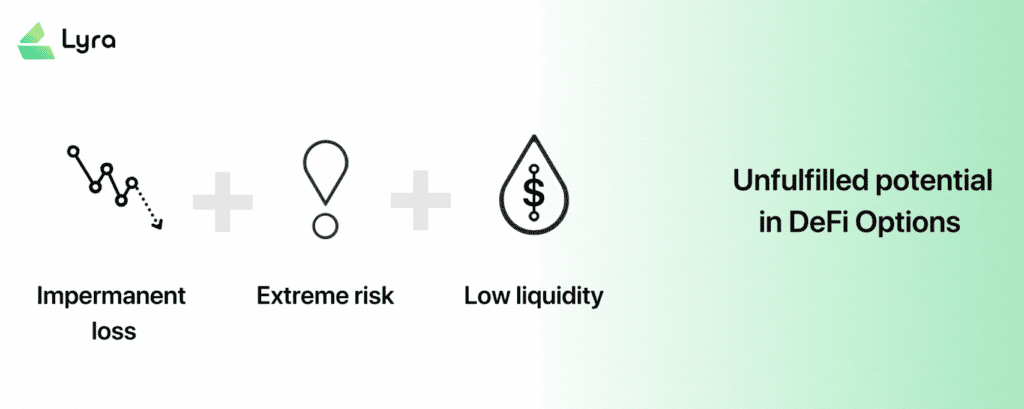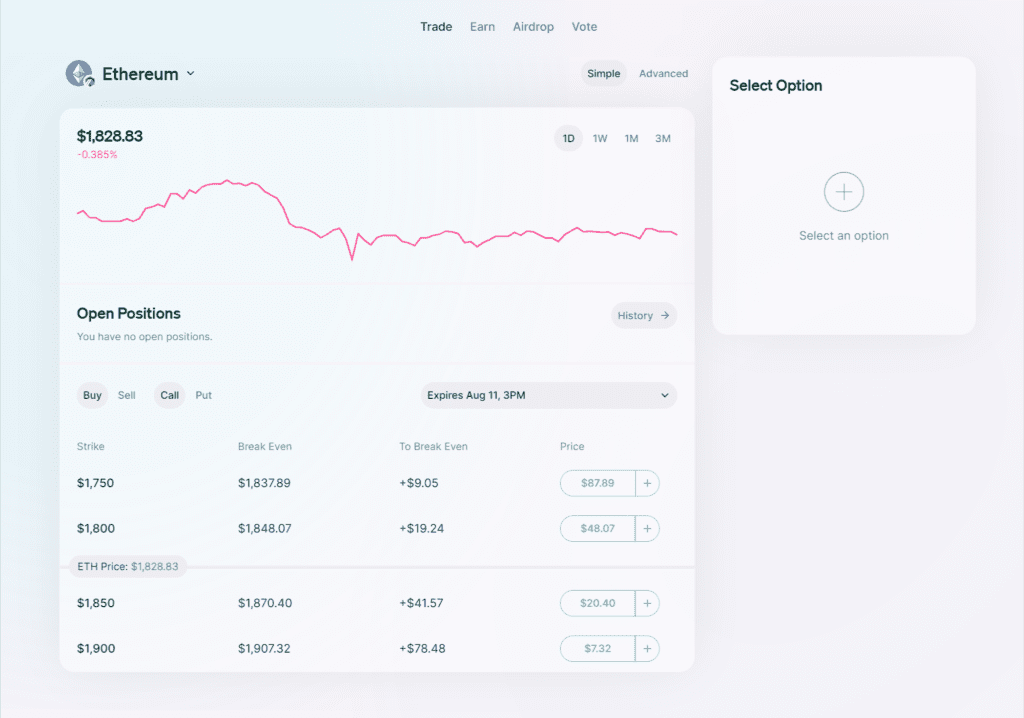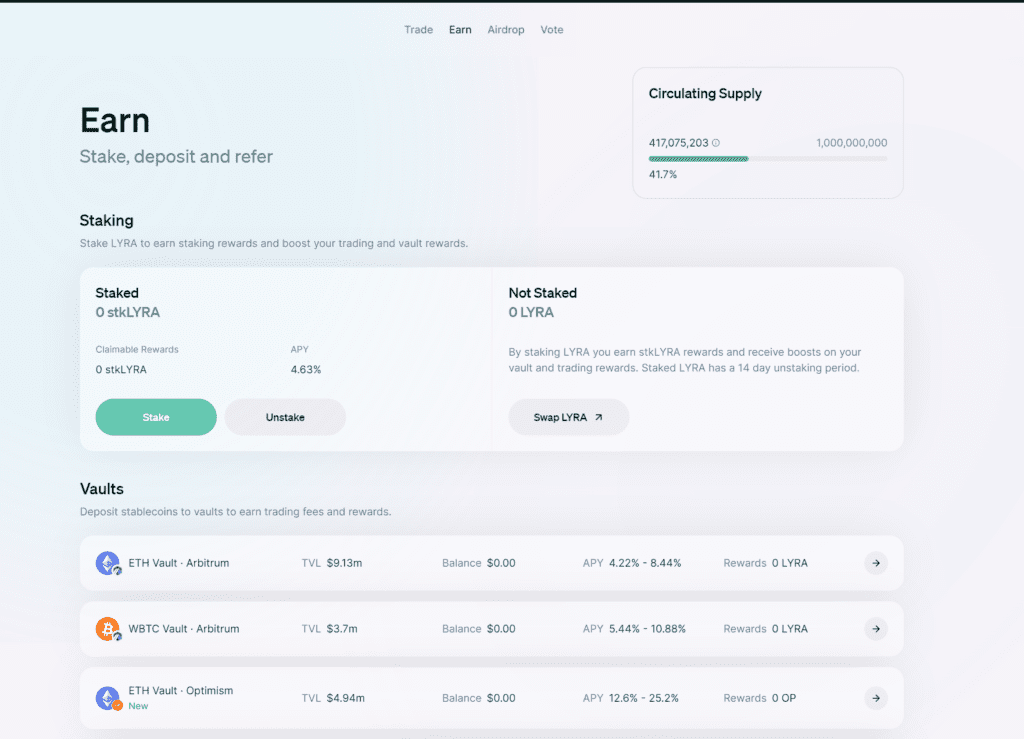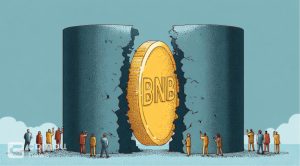Lyra Finance Review: The Top Complete Options Trading Protocol On Ethereum
Lyra Finance Review, DeFi’s first complete optional AMM. Options are integral to the financial system, allowing traders to manage risk, gain leverage, and build any payoff structure. So what stands out for Lyra Finance? What is a LYRA token?

What is the Lyra Finance Protocol?
Using a pool of liquidity, traders may purchase and sell cryptocurrency options using Lyra Finance, an option automated market maker (AMM). The liquidity providers and options traders are the two main user groups for the Lyra protocol.
sUSD (a stablecoin) or USDC are deposited by liquidity providers (LPs) into one of the asset-specific Lyra Market Maker Vaults (MMVs). The asset the vault specifies is utilized to create two-sided (buy and sell) option markets using this liquidity (ETH Market Maker Vault LPs quote options on ETH). LPs deposit liquidity to the vault to earn the commissions charged when options are traded.
To trade options, traders utilize Lyra. They can either sell options to the MMV or acquire options from it. As payment for their liquidity, traders give LPs fees (in the form of the bid-ask spread).
Besides, Lyra Finance also allows investors to make profits by depositing assets into the project’s system without worrying about the risk of scams in the cryptocurrency market.
What problem does Lyra Finance solve?
Options are integral to the financial system, allowing traders to manage risk, gain leverage, and build any payoff structure. However, despite DeFi’s recent development, they have not found any real traction on the chain. Here are some reasons for the Lyra Finance Review:
- Impermanent Loss: Options are challenging to value, especially with L1 constraints. As a result, many existing protocols use static fluctuations and inaccurate pricing, resulting in ongoing losses for LPs.
- Extreme Risk: Options are among the riskiest financial tools accessible, which is no secret. As a result, there is a considerable chance that any options protocol with competitive pricing lacking internal hedging may eventually result in LPs losing all their money. In general, existing option AMMs cannot purchase options, let alone hedge risk (LPs are only naked short-term volatility).
- Low liquidity: This combination of IL and high risk is unattractive for LPs, so liquidity remains low. Existing protocols have some liquidity that offers sky-high prices to avoid the complexity of options pricing problems. These non-competitive prices naturally lead to low trading volume.

The liquid spot market and the introduction of L2 made it possible to create a full options protocol. Lyra combines two of the main current characteristics of cryptocurrencies, scalability and scalability combination ability, with the strongest aspects of traditional options market construction (proven pricing and risk management).
Lyra Finance Review – Highlights
Proven pricing and risk management

Lyra Finance maps the surface of implied volatility for each expiry using market supply and demand. The Black Scholes pricing model is then used to calculate the prices for each of the listed options, giving traders with accurate pricing and the LP with reliable returns.
The technique maps the implied volatility surface at each expiry using market supply and demand. The Black Scholes pricing model is then used to calculate the prices for each of the listed options, giving traders with accurate pricing and the LP with reliable returns.
By merging with DeFi spot markets to trade in and out of the underlying asset, Lyra’s AMM actively hedges the delta risk experienced by LPs. Since Vega (volatility) risk is quantifiable and a key component of the fee structure, it may be used to reward trades that reduce risk. These modifications raise the AMM’s alpha and raise its Sharpe ratio.
Composable Hedging

Thanks to the use of the AMM model, Lyra Finance is able to provide investors with instant liquidity and ensure quick processing of transactions. The protocol cooperates with Synthetix for hedging liquidity providers.
Lyra also charges an additional fee for transactions that increase the group’s vegan risk. This fee is proportional to the AMM’s current level of risk (i.e., it gets more prominent as the team takes on more risk). This fee creates the same asymmetric spread as traditional markets, where MM incentivizes group hedging trades and charges a total premium on trades that don’t execute.
Lyra Finance Review – Features
Trade

Lyra allows investors to make options transactions on asset pairs exam ETH/USD, LINK/USD, BTC/USD,…
To trade on Lyra Finance:
- Connect wallet to Optimism
- Send Eth for gas to Optimism
- Acquire sUSD on Uniswap
- Buy an option
- Acquire Synths on Kwenta for collateral
- Sell an option
Earn

With this feature, investors can make profits through staking and providing liquidity on Lyra Finance. For stkLYRA, it will be possible to connect from L2 to the mainnet, meaning that L2 native users will not need to trade on the mainnet to earn Vault rewards or Trading rewards. Users will need to connect their stkLYRA to the mainnet if they want to earn staking rewards.
Swap

The Lyra Bridge supports swapping on all source and destination chains through 1inch. With bridge swap, users can go from any Token on the source chain and switch to their desired token on the destination chain while getting the best price for both the swap and their transition.
The Lyra Bridge under the hood is powered by Socket’s Liquidity Layer that brings an aggregated layer of various asset bridges, including Hop and Optimism native.
Lyra Finance Review – Token
Lyra is a token of Lyra Finance with the following main functions:
- Pay transaction fees on the platform
- Staking & Incentives Rewards: Lyra is also used as a reward for investors participating in Staking on Lyra Finance’s system. In addition, participants providing liquidity on Lyra Finance or L2 Uniswap will receive Lyra tokens.
- Governance: Owners of this token have the right to participate in the governance of the system as well as they can contribute ideas to help developers build the Lyra Finance project.
Basic information about token:
- Token Name: Lyra Finance
- Ticker: Lyra
- Blockchain: Ethereum
- Token Standard: ERC-20
- Total Supply: 1,000,000,000 LYRA
Allocation of tokens:

- LP rewards: 15%
- Trading rewards: 15%
- SNX stakers: 2%
- Community incentives: 3%
- Token Liquidity: 5%
- Security Module: 10%
- DAO: 20%
- Team: 20%
- Investors: 10%
Fee
Lyra Finance’s fee function is made up of 4 distinct components:
- A flat fee based on the option price
- A flat fee for exchanging costs
- A dynamic fee based on the pool’s vega risk
- A dynamic fee based on the difference between the expiry’s baseIV and its GWAV, as well as the traded strike’s skew ratio and vega
Lyra Finance Review – Development team
Lyra Finance Review development team has many years of experience in the crypto market and traditional finance. Notable members include:
- Michael Spain: He is the co-founder of Lyra and worked as a programmer at Synthetix – a derivative liquidity protocol based on Ethereum.
- Nick Forster: He is also the co-founder of Lyra, and he also has experience in traditional finance at KPMG. He used to work as a Market Maker (MM) of derivatives at Susquehanna International Group.
Investors
Lyra raised $3.3M in seed sales from major investors such as Framework Ventures, Parafi Capital, DeFi Alliance, etc. There are also other individuals such as Kain and Jordan (Synthetix), Stani (Aave), Tyler (Barnbridge),…
In addition, Lyra also organizes a pre-seed sale and an OTC sale that is probably sold to outside relationships of the project. Recently, Lyra also received $3,000,000 OP funding from the Optimism foundation through Synthetix. Lyra will deliver incentives to users through LEAP-26.
Partner
GMX, Perpetual Protocol, and Synthetix are 3 prominent partners of Lyra Finance. In addition, the project announced a partnership with Perpy – a copy trading platform on the Arbitrum ecosystem, in early March.
Conclusion Lyra Finance Review
The options market is an important piece in the Defi space, but options for the Crypto market are still quite new, not really attracting users and capturing small volumes.
Lyra Finance is the first decentralized finance platform to offer a complete suite of optional automated market maker (AMM) tools. These tools are an essential part of the financial system, enabling traders to manage risk, gain leverage, and create flexible payoff structures. What sets Lyra apart from other DeFi platforms is its unique approach to AMM, which allows users to customize their trading strategies and optimize their returns.
In addition to its innovative AMM tools, Lyra also offers a native token called LYRA. This token serves as the backbone of the Lyra ecosystem, providing users with a range of benefits and incentives. For example, Lyra can be used to pay transaction fees on the platform, or to participate in governance decisions that shape the future of Lyra.
So far, I can say that the usability of this platform is very simple and straightforward. Having the option of using Optimism or Arbitrum is great and greatly reduces gas fees and transaction speeds.
LP staking and staking is a great bonus, plus the rebate system helps traders reduce the fees they pay but at the same time reduces the circulating supply, which benefits long-term price action.
DISCLAIMER: The information on this website is provided as general market commentary and does not constitute investment advice. We encourage you to do your own research before investing.






















